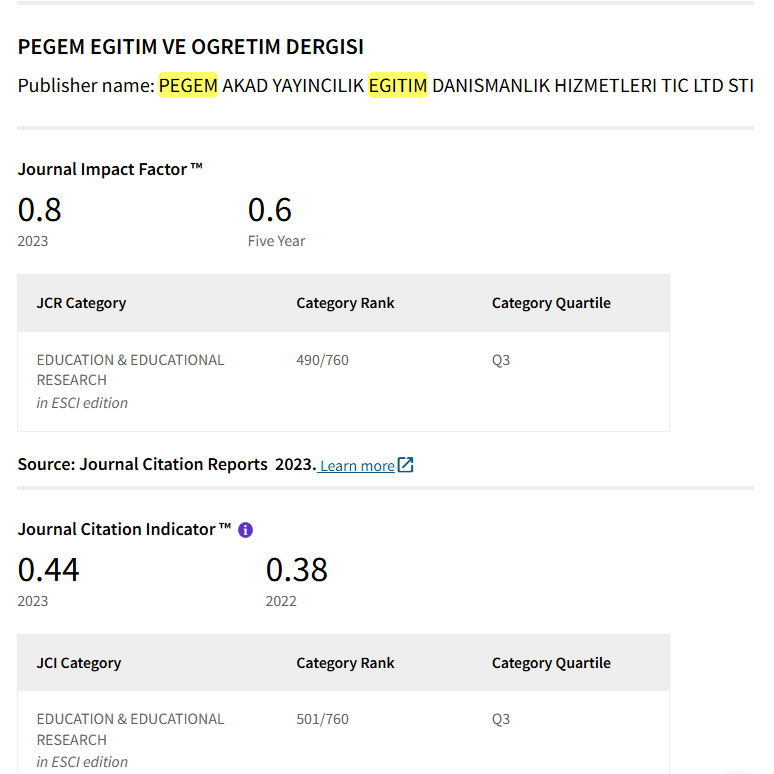Teaching Arabic to Hearing-Impaired Learners in Light of Language Acquisition and Communication Theories – A Linguistic Approach –
Keywords:
Deafness; Language; Communication; Integration; Cochlear Implant.Abstract
Total or profound deafness is among the more severe types for which conventional equipment proves ineffective, thus necessitating cochlear implantation as early as possible in a child’s life—whether the deafness is acquired or congenital—to ensure optimal care, integration, and improvement in quality of life. Speech therapy involves several essential phases implemented through specific strategies and methods,using various tools and media. This process begins with learning to hear and progresses toward language development and spontaneous speech—particularly for children who are deaf but otherwise developmentally typical.
Downloads
References
Abrir, B. (2007). Didactics of texts between theory and practice (p. 8). Alam Al-Kutub
Al-Hadith Publishing and Distribution. - Academy of the Arabic Language. (2005). Al-Mu‘jam Al-Wasit. Al-Shorouk
International Library. - Al-Ghazali, S. K. A. H. (n.d.). Education and teaching of the hearing-impaired (pp. 3767).
Downloads
Published
How to Cite
Issue
Section
License

This work is licensed under a Creative Commons Attribution-NonCommercial 4.0 International License.
Attribution — You must give appropriate credit, provide a link to the license, and indicate if changes were made. You may do so in any reasonable manner, but not in any way that suggests the licensor endorses you or your use.
NonCommercial — You may not use the material for commercial purposes.
No additional restrictions — You may not apply legal terms or technological measures that legally restrict others from doing anything the license permits.



